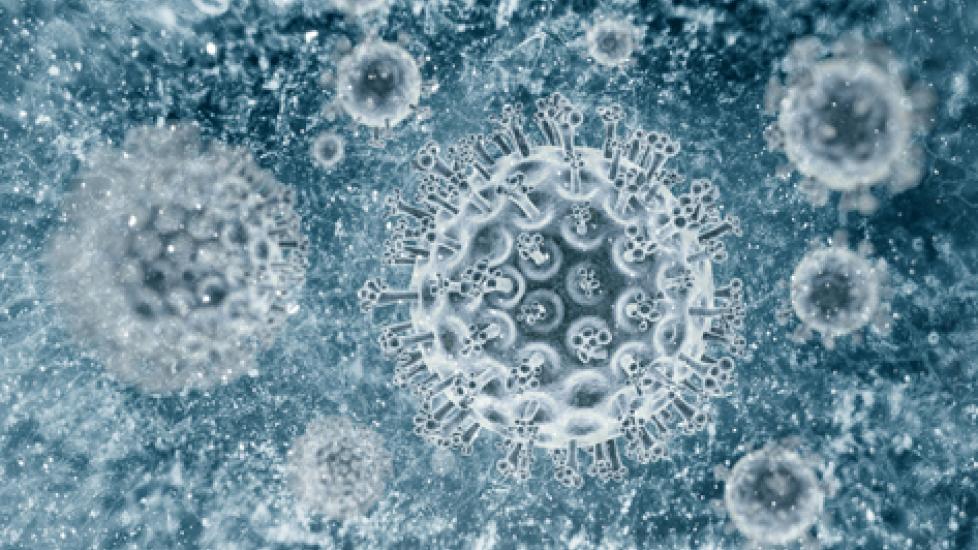Title: Understanding and Preventing Adenovirus Type 1 Infection in Canine Companions
Introduction:
In the world of canine health, adenoviruses are a common concern for pet owners and veterinarians alike. Among these, adenovirus type 1 (CAV-1) is a particularly significant pathogen that can lead to serious illness if left unchecked. It’s crucial to understand this virus, its modes of transmission, symptoms, treatment options, and preventive measures to ensure our beloved dogs live healthy lives free from infection.
Understanding CAV-1:
Adenovirus type 1 belongs to a family of viruses known as Adenoviridae. This specific strain primarily affects dogs but has also been found to infect other species such as wolves and bears under certain circumstances. The virus is highly contagious and can spread through several routes including direct contact with infected animals or their bodily fluids, contaminated surfaces like kennel equipment or grooming tools, and even through aerosols when an infected dog coughs or sneezes.
Symptoms:
The signs associated with CAV-1 infection vary depending on whether the primary disease is infectious hepatitis (the most severe form) or respiratory distress syndrome. Infectious hepatitis may manifest with fever, lethargy, loss of appetite, abdominal pain, vomiting, diarrhea, dark urine, jaundice, and kidney failure. Respiratory distress syndrome often presents with nasal discharge, coughing, difficulty breathing, and pneumonia.
Diagnosis and Treatment:
A definitive diagnosis typically involves blood tests to check liver function and antibody levels against CAV-1. Chest radiographs might be necessary to assess lung damage. Veterinarians may also perform a physical exam and take a thorough history of your dog’s symptoms and possible exposures to infected animals.
Treatment focuses on supportive care and managing symptoms while the body fights off the virus. Hospitalization may be required for intravenous fluid therapy, antibiotics to prevent secondary bacterial infections, and medications to control nausea and vomiting. Oxygen supplementation may be needed for dogs experiencing respiratory distress. There is no cure for CAV-1; however, early detection and intervention can significantly improve outcomes.
Prevention:
The best way to protect your dog from adenovirus type 1 is vaccination. Vaccines are designed to stimulate the immune system to produce antibodies against the virus without causing the harmful effects of natural infection. Annual boosters are recommended to maintain immunity throughout your dog’s life. Additionally, proper hygiene practices should be followed at home and in public places where dogs gather. Regular cleaning of surfaces and disinfection using pet-safe products can help reduce the risk of viral spread. Quarantining new pets until they have received all necessary vaccinations is another important precautionary measure.
Conclusion:
By understanding how adenovirus type 1 works and taking proactive steps towards prevention, we can safeguard the well-being of our canine companions. Stay informed about current vaccine recommendations and discuss any concerns you have regarding your dog’s health with your trusted veterinarian. Together, we can create a safe environment where our four-legged friends thrive happily alongside us.
